A Closer Look at Overlord
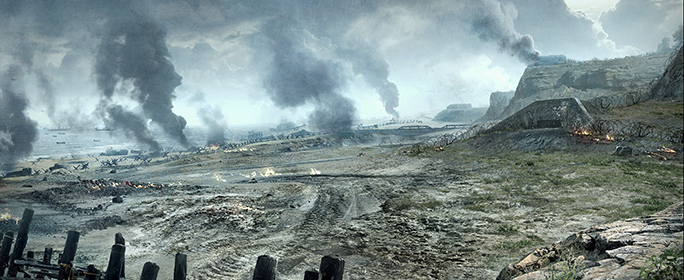
This new map, which players will see in Update 9.7, is inspired by the landing of Allied forces in Normandy, France during WWII.
The development of our Overlord map was designed to "transport" players back to June of 1944. They'll be met with a bomb-blasted beach, towering cliffs, and imposing German fortifications modeled after their real-life counterparts--remnants of which can still be seen today.
The Atlantic Wall
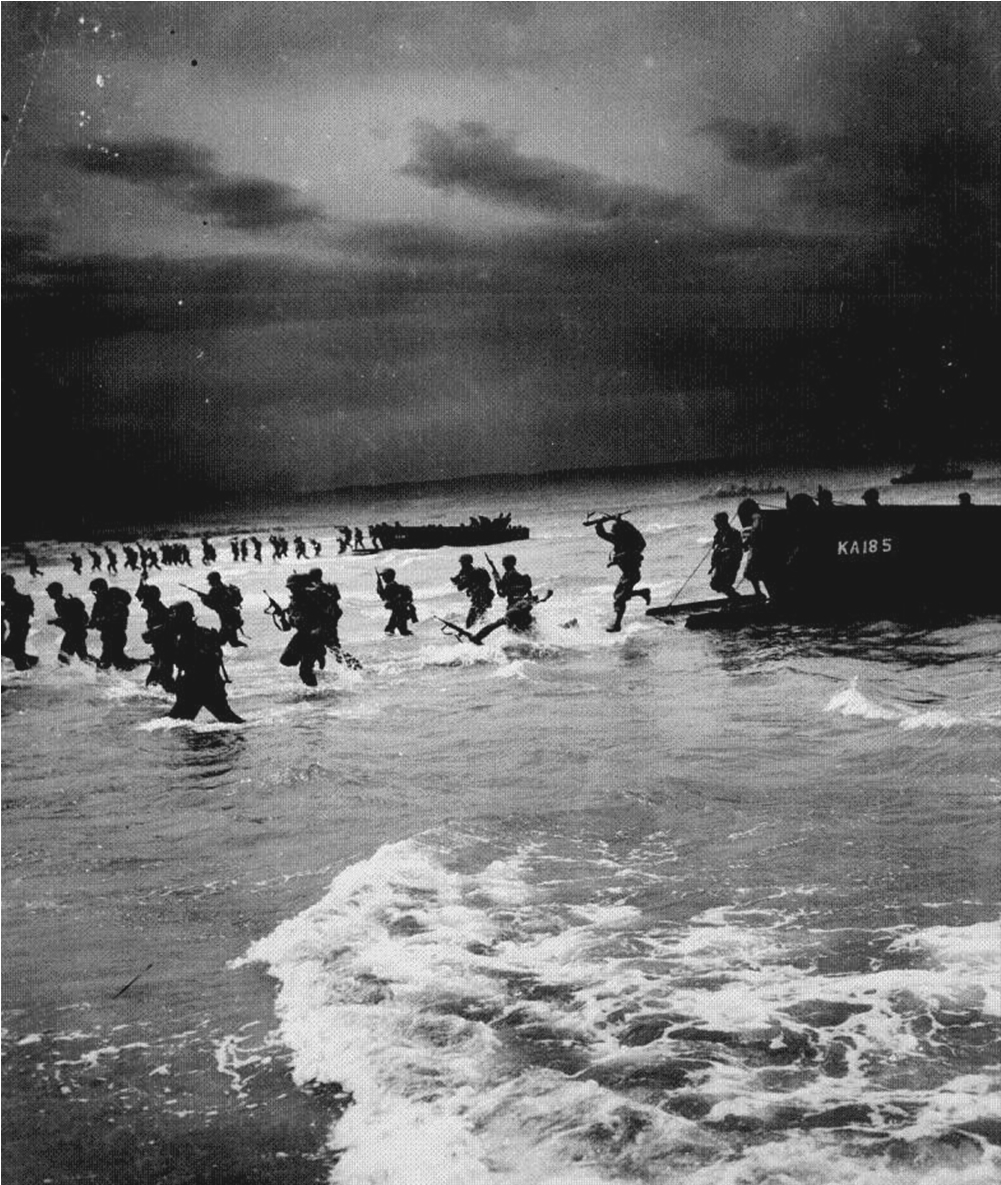
In the early morning of June 6, 1944, the shores of Normandy played host to an enormous landing fleet, unequalled in size and ferocity. With this maneuver the Allies opened a second front upon Axis forces. The troops, expelled from the region four years ago, were back to reclaim lost territory.
The landings took place at five different locations. Each beach was designated with its own codename: Utah, Omaha, Gold, Juno, and Sword. Not only were the soldiers expected to land on the shores and establish foothold in the region, they were tasked with completely smothering the German defensive lines found there--the Atlantic Wall.
Though the German forces had the advantage of defending from a superior position along the shore, they did not know precisely where Allied forces would strike. This meant that they could not reinforce with any degree of certainty. They believed that an attack would come from Pas-de-Calais, the narrowest portion of the English Channel, but, as history shows us, that was not the case. In fact, when hearing of the assaults at Normandy, the German High Command was certain that it was simply a diversionary strike.
Intense fighting occurred at every landing location. By noon on Utah beach, it became clear that success had been achieved: US troops not only successfully secured the beach but managed get eight kilometers inland.
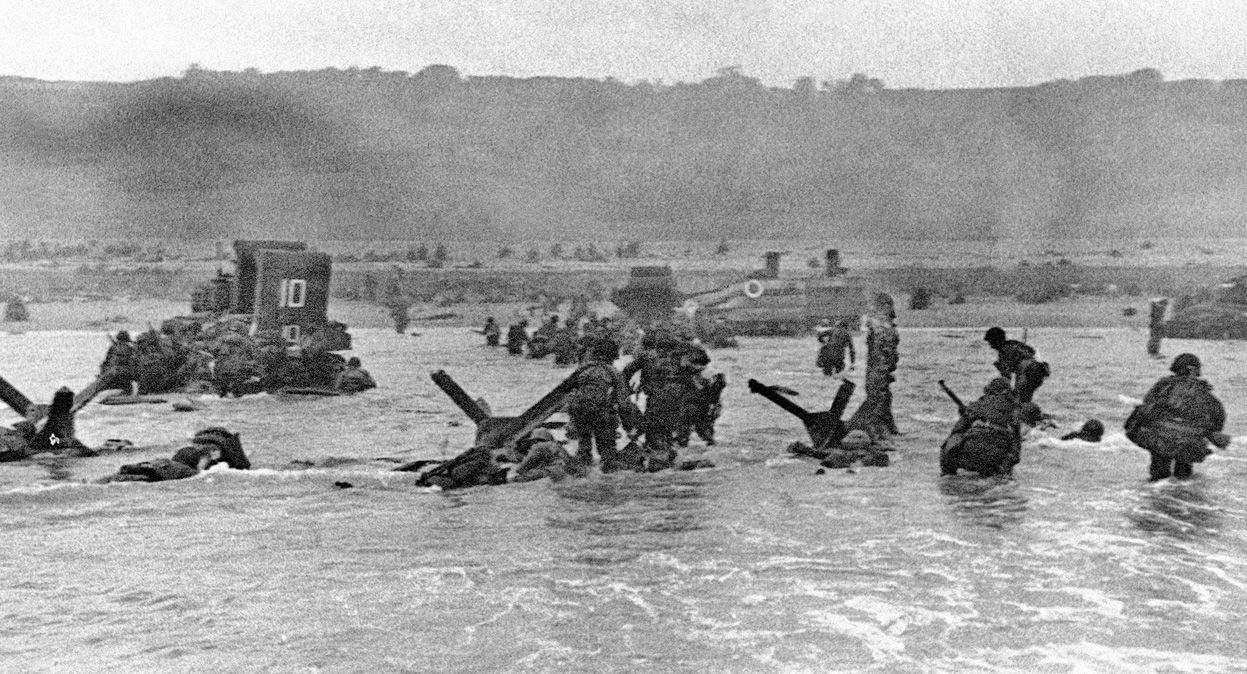
The fiercest fighting took place at Omaha beach. From the very beginning the landing was problematic: The heave of the sea created numerous problems that left many of the support tanks at the bottom of the English Channel. Neither bombing from planes or artillery fire from ships seemed to cause serious damage to the German defense, so the infantry that did arrive at the shore were under heavy fire from both small arms fire and German artillery. For a few hours it seemed as if the Allied troops would be pushed back. However, by evening, they managed to occupy the beach at the cost of 4,000 casualties.
Within just a few days after the landings, the Allies expanded and united their foothold in the region. Across the Channel there were more and more ships and airfields being constructed. A harbor was set up to allow for the delivery of supplies to the troops there, and to make preparations for the push inland. It was clear to every soldier and officer that the fight to come was going to be difficult.
Map Features: Overlord
The Overlord map is not a direct representation of any particular location, but is an amalgam of the terrain and interesting features you might see when visiting Utah and Omaha beaches: Sand, cliffs, bunkers, and a small coastal town in the distance.
You're going to see some liberties taken with the ornamentation on the map. Most notably: German tank wreckage. German tanks were not actually involved in the coastline battles. A direct order was needed from German High Command in order to deploy them, but by the time it came (remember they thought the landing was a decoy) it was too late.
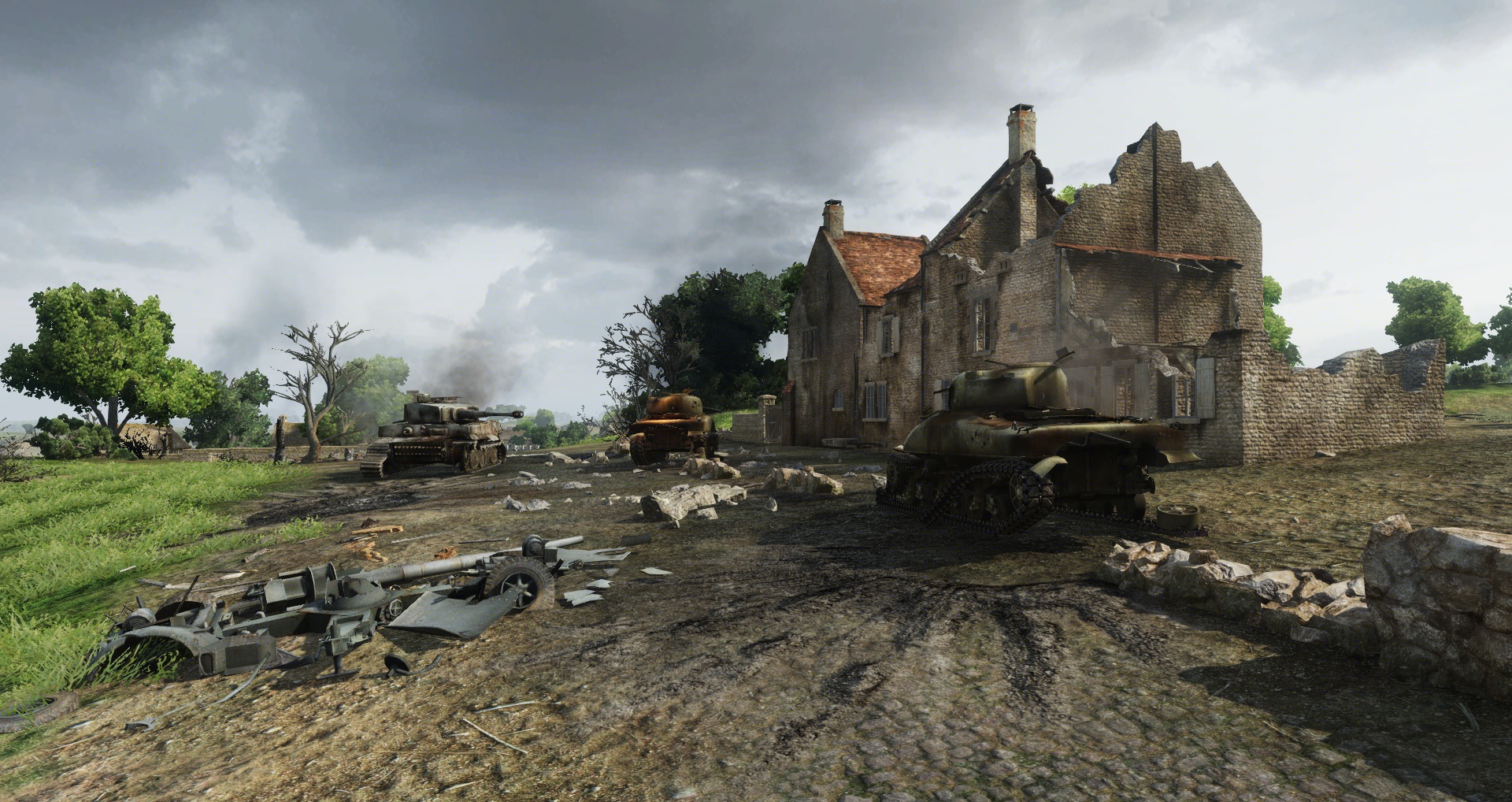
In the western portion of the map there is a beach covered with anti-tank and anti-infantry structures. In reality the area was much more densely clogged, but in order to make it an enjoyable gaming experience the designers have thinned out the emplacements a bit. The preparations the German forces made were significant. One can only imagine what it must have been like for Allied engineers to break through the steel and log barriers under a hail of bullet fire.
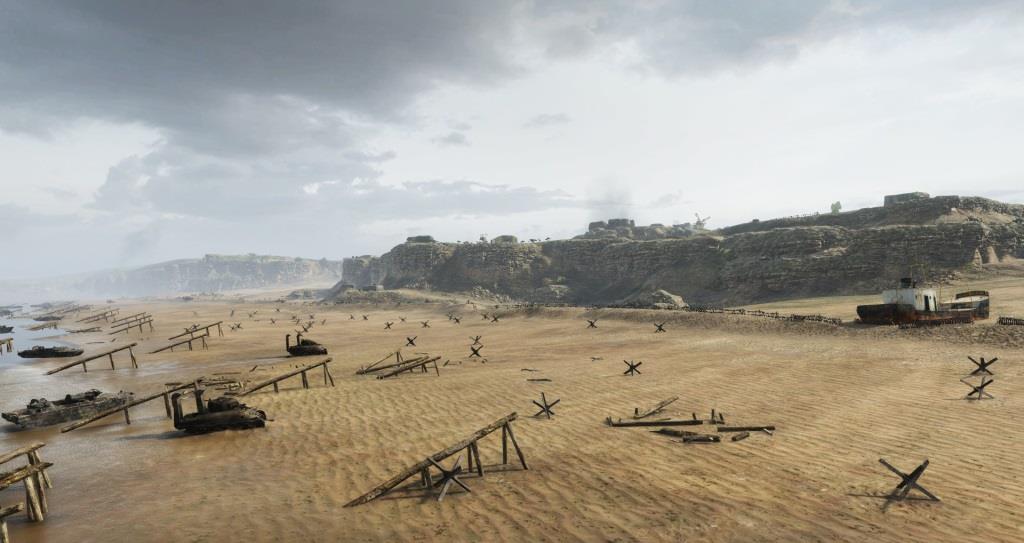 |
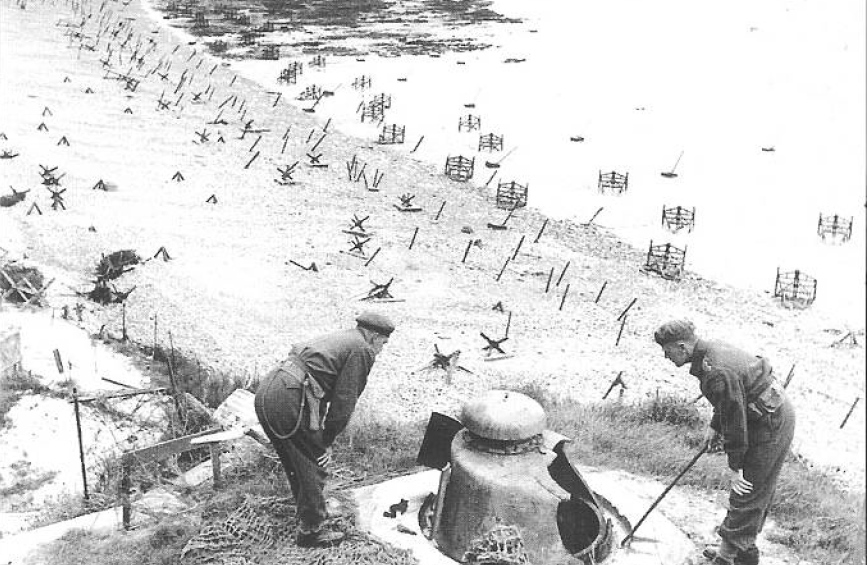 |
Looking upon the coastal outcroppings it's easy to spot the concrete gun emplacements and a variety of bunkers. The ones present in-game are modeled after actual firing points along the Atlantic Wall. These were added primarily for historical flavoring as they don't hold any great degree of usefulness for tanks on our battlefield.
The howitzer positions, however, are definitely something players will be making use of. These fortifications are the perfect spot to go 'hull-down' in. Meaning, keep your hull below the line of sight of enemy vehicles while leaving your turret and cannon free to fire.
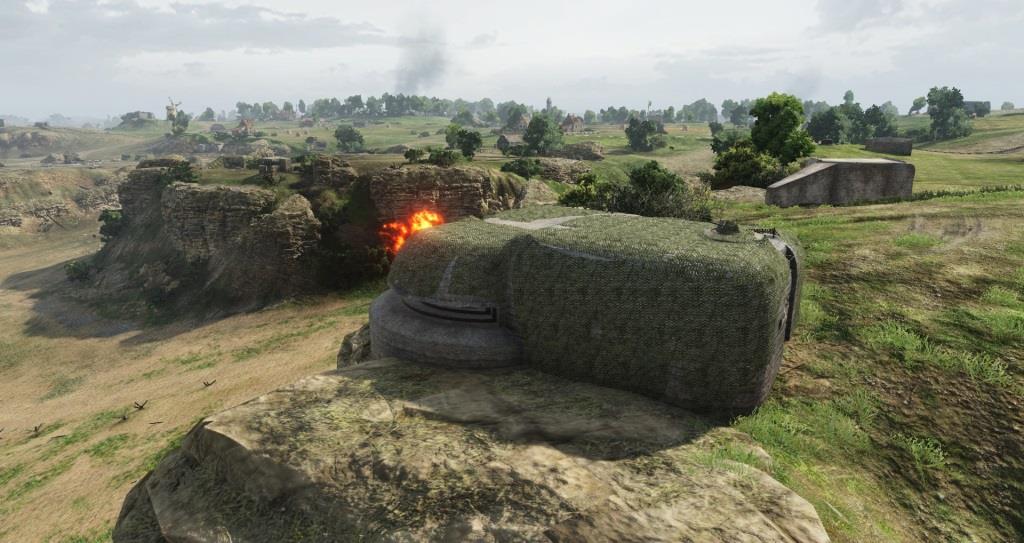 |
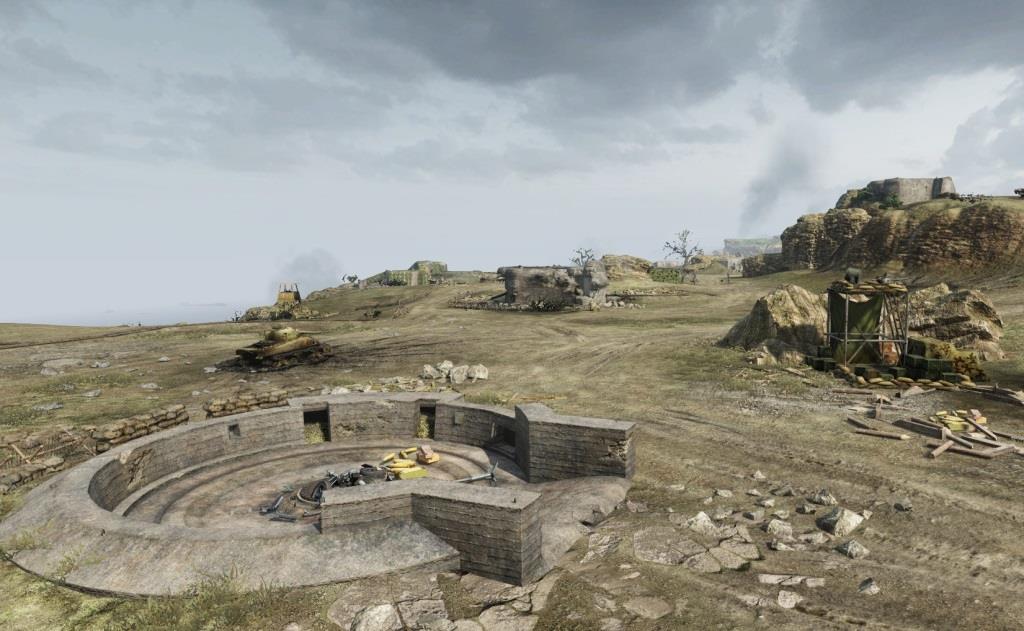 |
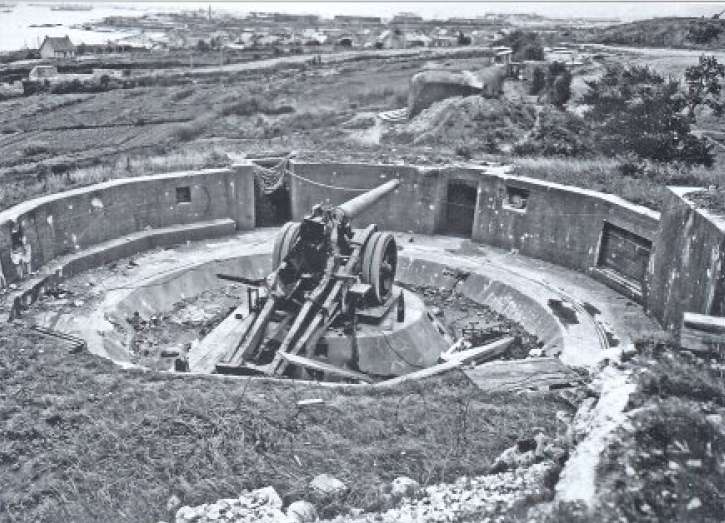 |
Artillery positions created from concrete and equipped with captured French ship's cannons, have been added to the map. It should be noted that the bunker equipped with the 38cm naval gun, located in the eastern portion of the map, is a rendering inspired by the Todt Battery, but in truth played no part in Operation Overlord. Our designers simply thought it would be an eye-catching feature. Believe us, it's hard to miss.
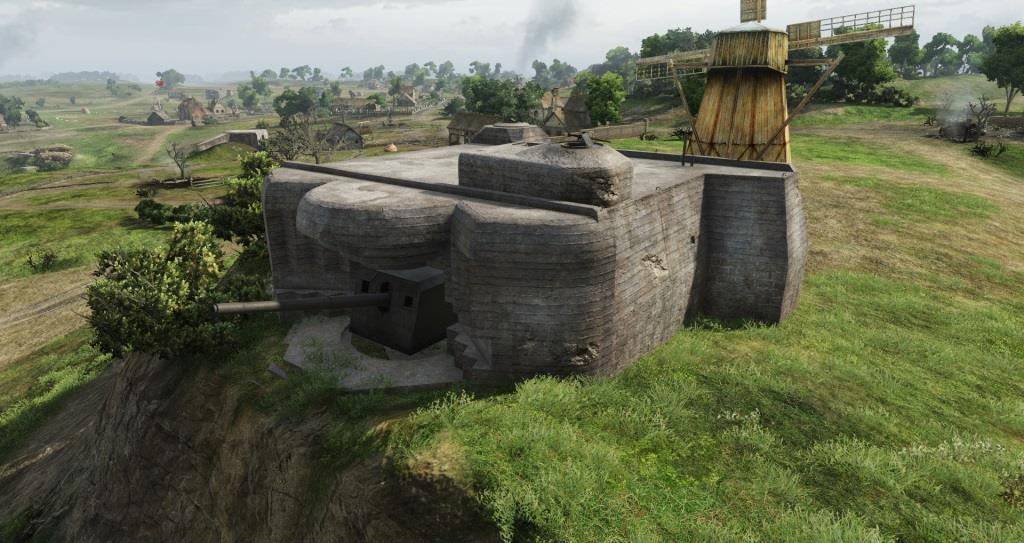 |
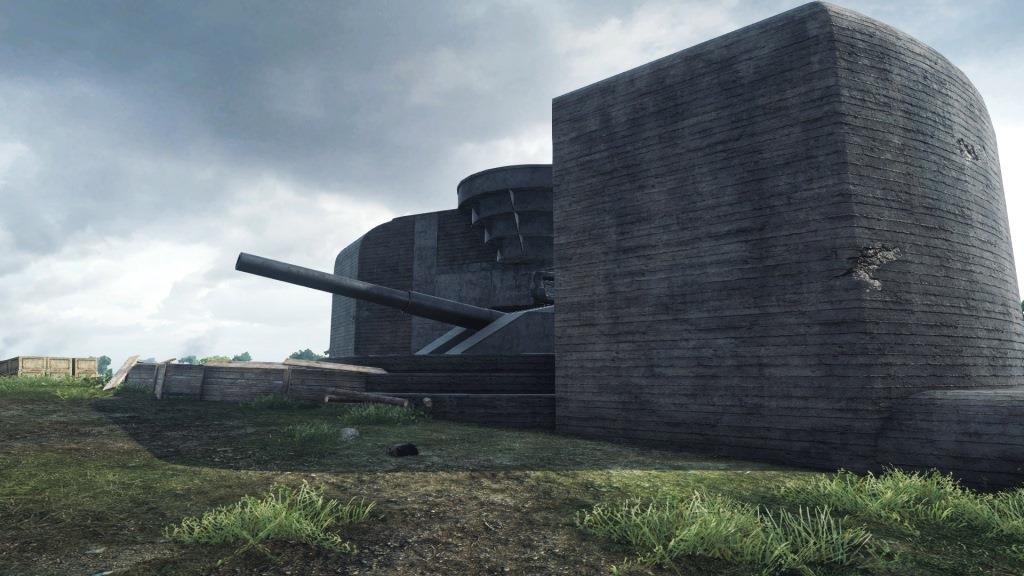 |
Creating these bunkers was a real treat in some cases. A special method of 3D modeling utilizing large amounts of carefully taken photos was used. Other objects, like houses, farms and so on, received a similar treatment. One of the most impressive feats is the church that was included on this new map. It was re-created to within just a few centimeters of its real-life parameters; the church sits in a French town near the coast.
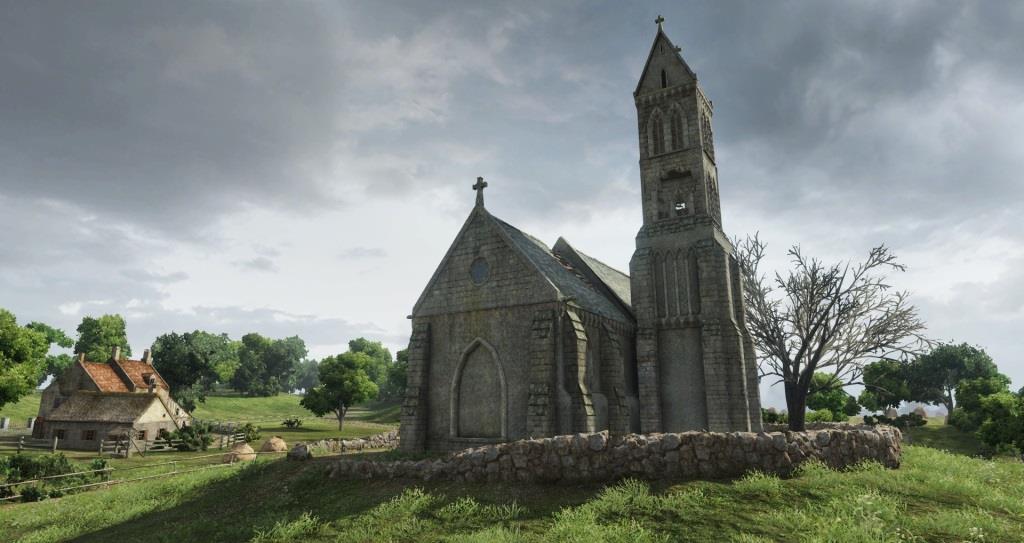
Although the Overlord map itself is not an exact re-creation of the beaches and countryside in Normandy, it's undoubtedly captured the atmosphere of those days surrounding June of 1944. We hope you enjoy playing on it as much as we've enjoyed making it.
